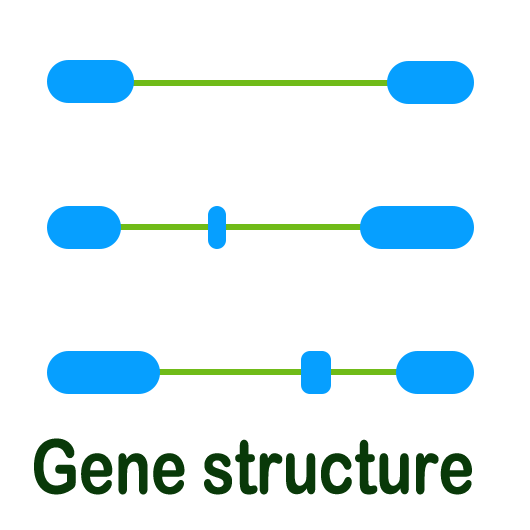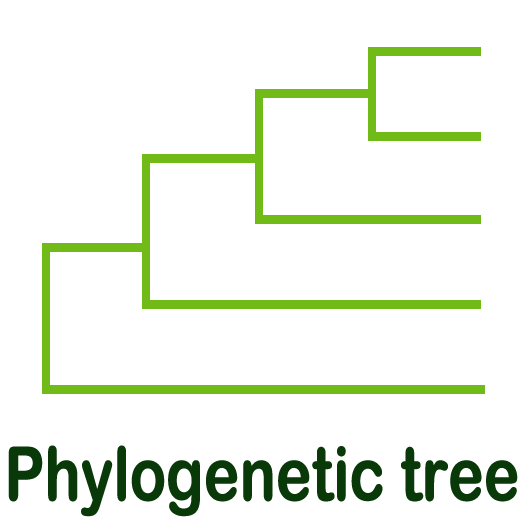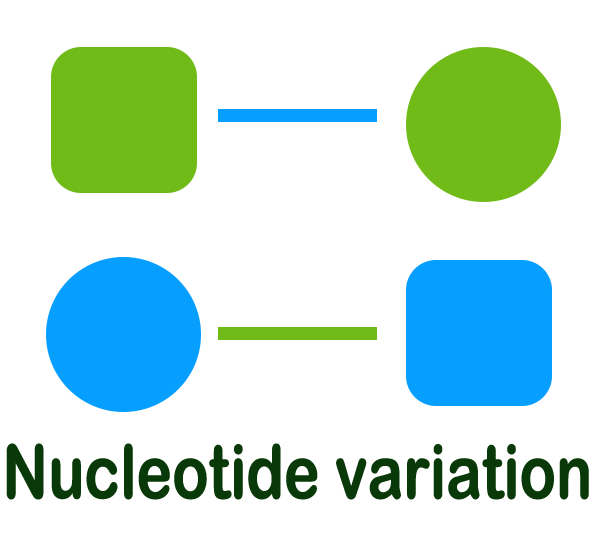TWGFD
The Tetraploid Wheat Gene Family Database
Welcome to CCH !
Copper (Cu) is an important transition metal in plants, and is involved in many physiological processes. As a cofactor, copper is required for plastocyanin, cytochrome c oxidase (or complex IV), copper/zinc superoxide dismutase (Cu/Zn SOD), the ethylene receptor, diamine oxidase, laccase, multicopper ferroxidase, and polyphenol oxidase. In the cell environment, Cu can exist in two states, Cu (II) and Cu (I). Free Cu ions in cells can generate reactive oxygen species (ROS) such as superoxide, hydrogen peroxide (H2O2), and the hydroxyl radical, which then damage biomacromolecules such as proteins, lipids, and DNA. To protect cells against these types of free radical-mediated damage induced by excess copper, organisms have developed the capacity to scavenge or invalidate ROS through the combined action of highly specialized antioxidant proteins in the evolutionary process.







